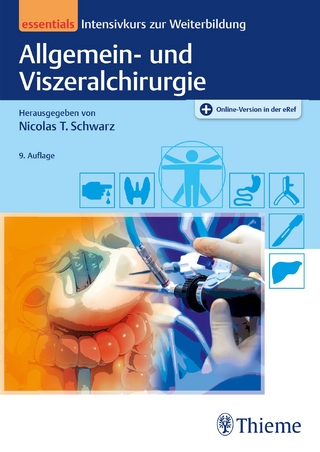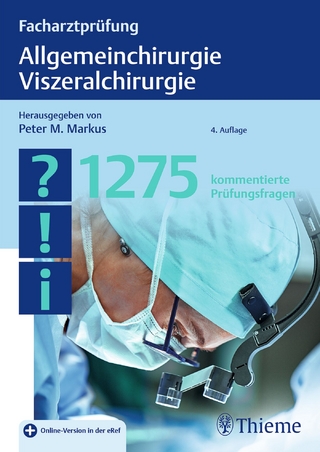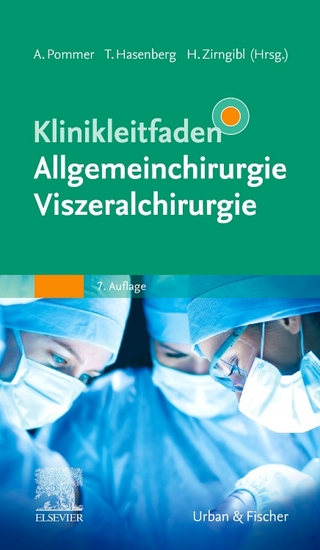
Gastric Anisakiasis in Japan
Springer Verlag, Japan
978-4-431-68292-9 (ISBN)
General Survey of Anisakis and Anisakiasis in Japan.- A History of Research into Gastric Anisakiasis in Japan.- Morphology of Anisakine Larvae.- Geographical Distribution and Epidemiology.- Clinical Manifestation of Gastric Anisakiasis.- Endoscopie Findings of Gastric Anisakiasis with Acute Symptoms.- Acute Gastric Anisakiasis with Special Analysis of the Location of the Worms Penetrating the Gastric Mucosa.- Aspects of Mucosal Changes in Gastric Anisakiasis.- Radiographie Examination.- Ultrasonic Examination.- Contrast-Dye Method in Endoscopie Examination.- Serological and Immunological Studies.- Latex Agglutination Test for Immunodiagnosis of Gastric Anisakiasis.- Monoclonal Antibody, Intradermal Reaction, and Sarles’ Phenomenon.- Biopsy of Gastric Anisakiasis with Acute Symptoms.- Pathology of Gastric Anisakiasis.- Treatment of Gastric Anisakiasis with Acute Symptoms.- Gastric Terranovasis.
| Zusatzinfo | 18 Illustrations, black and white; XI, 144 p. 18 illus. |
|---|---|
| Verlagsort | Tokyo |
| Sprache | englisch |
| Maße | 170 x 244 mm |
| Themenwelt | Medizinische Fachgebiete ► Chirurgie ► Viszeralchirurgie |
| Medizinische Fachgebiete ► Innere Medizin ► Gastroenterologie | |
| Medizinische Fachgebiete ► Innere Medizin ► Hepatologie | |
| Medizin / Pharmazie ► Medizinische Fachgebiete ► Mikrobiologie / Infektologie / Reisemedizin | |
| Medizinische Fachgebiete ► Radiologie / Bildgebende Verfahren ► Radiologie | |
| ISBN-10 | 4-431-68292-9 / 4431682929 |
| ISBN-13 | 978-4-431-68292-9 / 9784431682929 |
| Zustand | Neuware |
| Haben Sie eine Frage zum Produkt? |
aus dem Bereich


